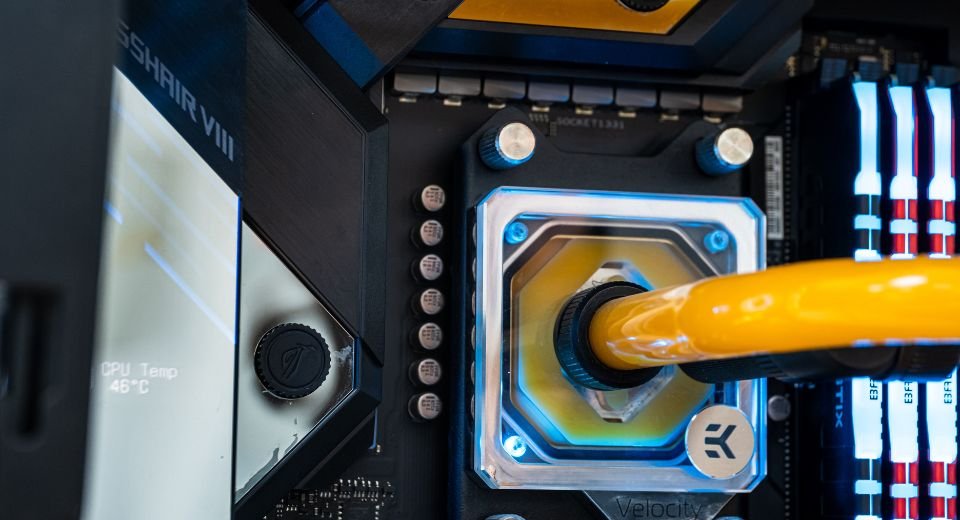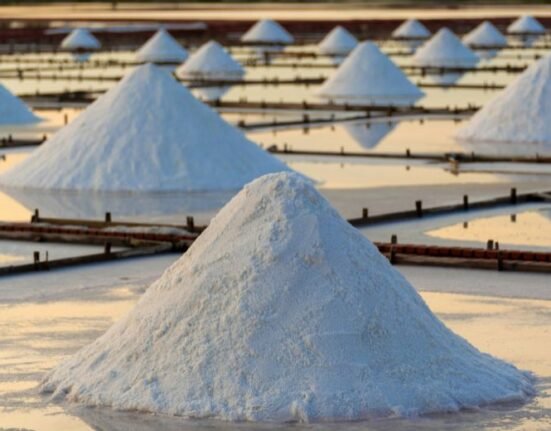HQ Team
January 4, 2023: Vapor compressions, which use gases with high global warming potential for heating and cooling, can be replaced with a salt’s flow of electrically charged atoms or molecules, according to scientists at Berkeley National Laboratory.
The new method, known as “ionocaloric cooling”, takes advantage of how energy, or heat, is stored or released when a material changes phase, such as from solid to liquid water, according to a laboratory statement.
Melting a material absorbs heat, from the surroundings while solidifying releases heat. The “ionocaloric cycle “causes this phase and temperature change through the flow of ions (electrically charged atoms or molecules) from a salt.
The scientists used a salt made with iodine and sodium alongside ethylene carbonate, a common organic solvent used in lithium-ion batteries.
More than half of the energy at homes is used for cooling and heating purposes, and the current refrigerants, which use gas that aids global warming, can be done away with in refrigerators and air conditioners.
Hydrofluorocarbons
Ionocaloric refrigeration would eliminate the risk of such gases escaping into the atmosphere by replacing them with solid and liquid components. The gases contain harmful hydrofluorocarbon that traps heat thousands of times as effectively as carbon dioxide.
“The landscape of refrigerants is an unsolved problem,” said Drew Lilley, a graduate research assistant at Berkeley Lab and PhD candidate at UC Berkeley who led the study.
“No one has successfully developed an alternative solution that makes stuff cold, works efficiently, is safe, and doesn’t hurt the environment. We think the ionocaloric cycle has the potential to meet all those goals if realized appropriately,” Mr Lilley said.
“Using a material like ethylene carbonate could be carbon-negative because you produce it by using carbon dioxide as an input. This could give us a place to use CO2 from carbon capture.”
Other ionocaloric cycle methods are in different stages of development. Those techniques use different ways – including magnetism, pressure, stretching, and electric fields – to manipulate solid materials so that they absorb or release heat.
Pumpable
Ionocaloric cooling differs by using ions to drive solid-to-liquid phase changes. Using a liquid has the added benefit of making the material pumpable, making it easier to get heat in or out of the system.
The scientists calculated that it has the potential to compete with or even exceed the efficiency of gaseous refrigerants found in the majority of systems today.
When the current is run through, the material’s melting point changes as it moves the ions. When it melts, the material absorbs heat from the surroundings, and when the ions are removed and solidified, it gives heat back.
The first experiment showed a temperature change of 25 degrees Celsius using less than one volt, a greater temperature lift than demonstrated by other caloric technologies.
“There are three things we’re trying to balance: the global warming potential of the refrigerant, energy efficiency, and the cost of the equipment itself,” said Ravi Prasher, a research affiliate in Berkeley Lab’s Energy Technologies Area. “From the first try, our data looks promising on all three aspects.”
The system can also be harnessed for water or industrial heating applications. The team is continuing work on prototypes to determine how the technique might scale to support large amounts of cooling, improve the amount of temperature change the system can help, and improve efficiency.








